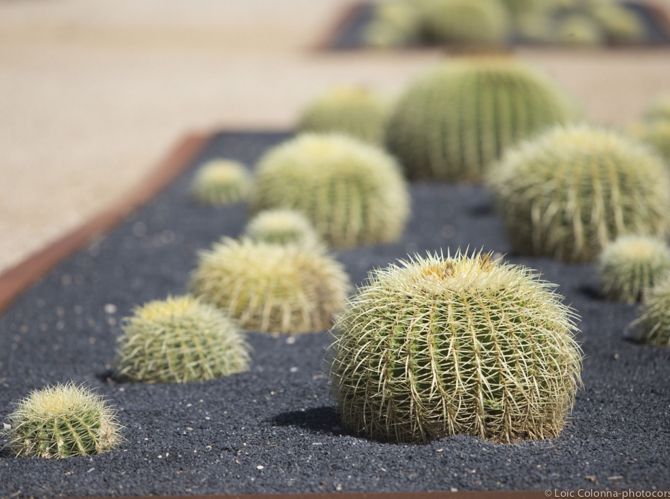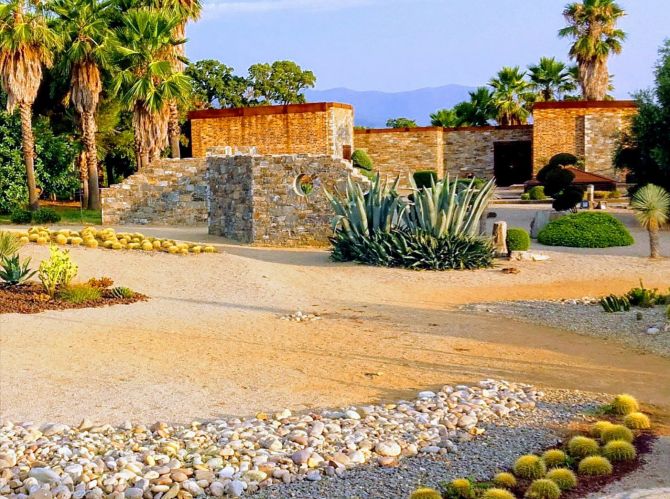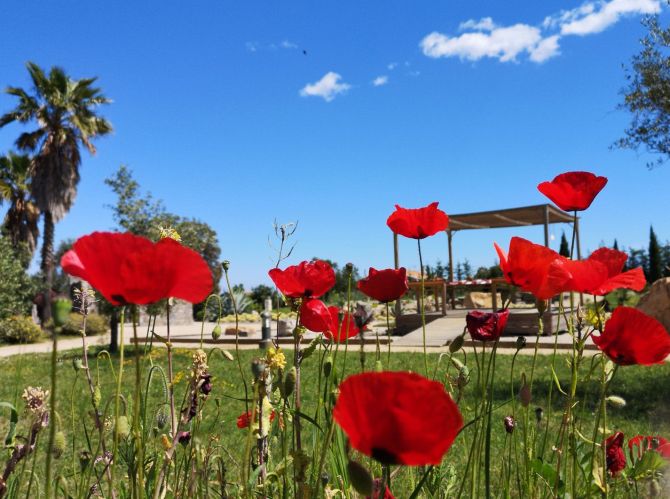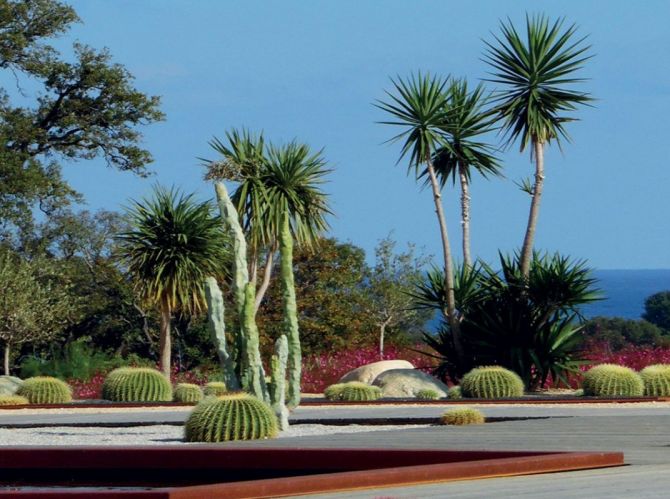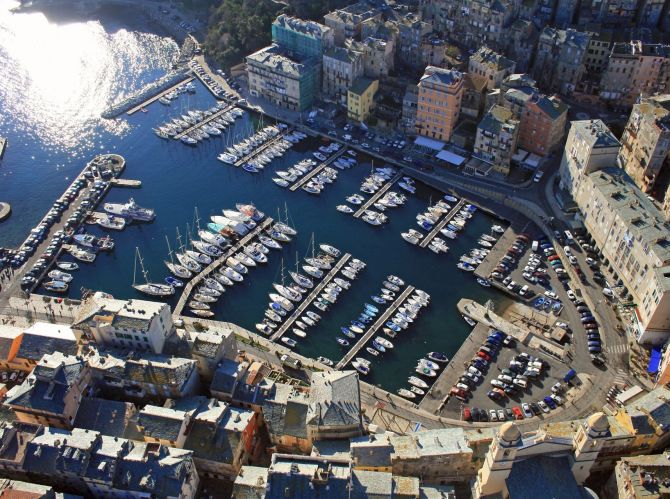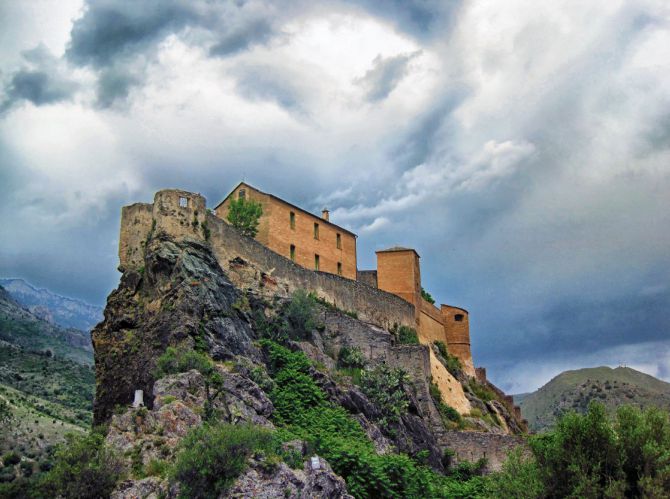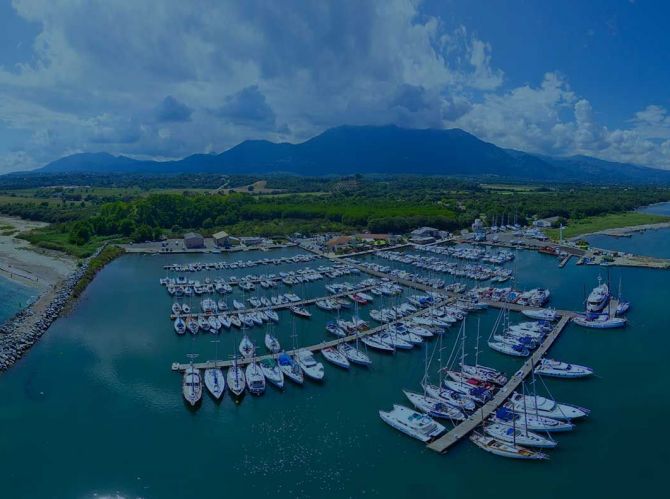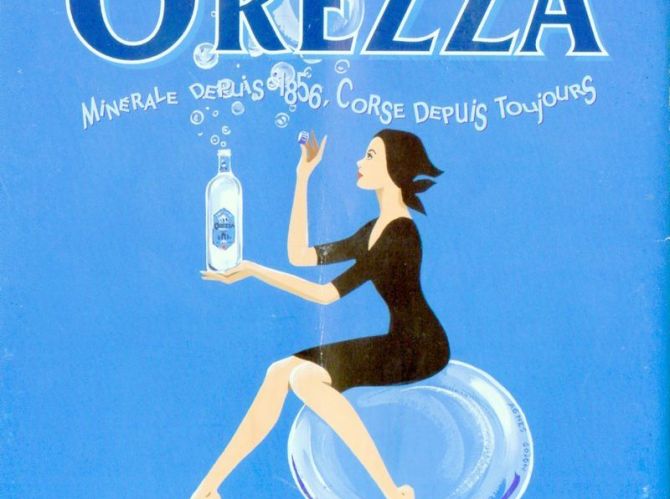The Area of Taglio Isollacio
The Area Of Taglio-Isolaccio
A 15-minute drive from the residence Mare è Sole you arrive in the village of TAGLIO which has always been known throughout Corsica for the quality of its singers and poets in terms of profane and sacred singing.
The art of "paghpjella" has been handed down from generation to generation and is part of the Corsican soul.
Today, it is the group I Muvrini that makes this kind of singing resound all over the world bringing proof that modernity is also nourished by tradition.
5 minutes walk from the residence, Parc GALEA https://www.parcgalea.com
15 Minutes From The Residence, Visit The Villages Of Taglio And Isolaccio
The church of San Mamiliano in Taglio dates from the 18th century with its classified painting of « La Vierge Allaitant » oil on canvas of 1682, its polychrome wooden statue of the Virgin, its painting of the Virgin of the Rosary dating from 1760, its pulpit in « stucco lustro » and in the sacristy, the site of « l'Arca », a mass grave that served as a burial site until 1880.
The bell tower, built in 1851, is nearly 40 metres high.
The Church of Saint Michel of Isolaccio, with a concave shape and typical of the Baroque style of the 17th century in Rome, is part of the « Corpus des églises baroque de Corse ».
The region is known for its many springs, ancient wash houses and fountains.
One Hour Maximum From The Residence
As a sportsman or a nature lover, you will be pleasantly surprised by the diversity and beauty of the places.
The Costa Verde, secret, authentic and unusual, is revealed only to curious walkers ready to survey it with change of scenery and return to guaranteed sources.
Castagniccia owes its name to its chestnut forests which still covers thousands of hectares and culminates in San Petrone at 1767 m. Considered as the bread tree of Corsica, the chestnut tree, introduced in the 15th century by the Genovese, has contributed to make this region a rich and populated region that has played a role in the history of Corsica.
Characterized by its villages with grey lauzes roofs and stone walls, it has retained its majesty with its monasteries and baroque churches. It is in the heart of Castagniccia that you can visit the Waters of Orezza.
Bastia, like Genova which founded it, is an example of Baroque architecture with its steep streets, secret squares and numerous churches with imposing facades.
Corte and its citadel built in 1420 is a symbol of the history of Corsica. That is also the town where you can visit the museum of Corsica.
Further down in the south, between Ghisonaccia and Ghisoni, you can discover the procession of the tormented and wildInzecca with high rocky cliffs overlooking the torrent of Fiumorbu.
The Port of Taverna will offer you shops, bars and restaurants for relaxing moments.




